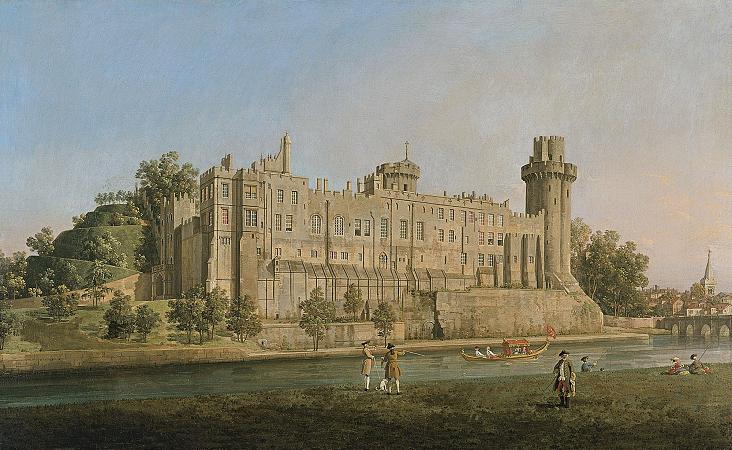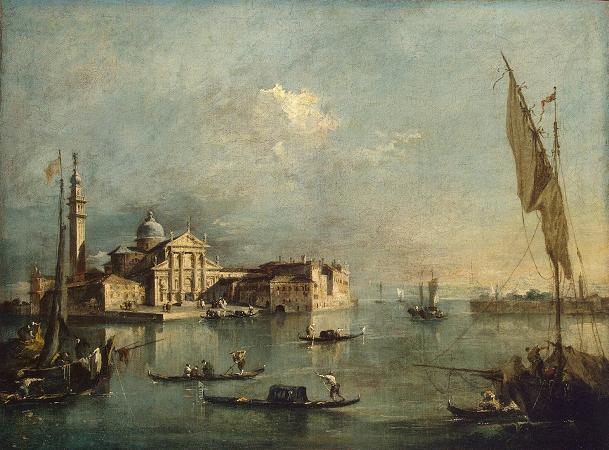Canaletto (1697 - 1768). Giovanni Antonio Canal, commonly known as Canaletto, was an Italian painter of city views or vedute, of Venice, Rome, and London. His best-known paintings include Grand Canal from Palazzo Flangini to Campo San Marcuola (Royal Collection), Stonemason's Yard (National Gallery, London) and Bucintoro at the Molo on Ascension Day (Doge's Palace, Venice). These masterpieces showcase Canaletto's remarkable skill in depicting Venice's architecture, canals, and festive scenes with precision and luminosity. In addition to paintings, he was an important printmaker. In the period from 1746 to 1756 he worked in England where he painted many views of London and other sites including Warwick Castle and Alnwick Castle. He was highly successful in England, thanks to the British merchant and connoisseur Joseph Consul Smith, whose large collection of Canaletto's works was sold to King George III in 1762. He was born in Venice as the son of the painter Bernardo Canal, hence his mononym Canaletto, and Artemisia Barbieri. Canaletto served his apprenticeship with his father and his brother. He began in his father's occupation, that of a theatrical scene painter. Canaletto was inspired by the Roman vedutista Giovanni Paolo Pannini, and started painting the daily life of the city and its people. After returning from Rome in 1719, he began painting in his topographical style. His first known signed and dated work is Architectural Capriccio. Studying with the older Luca Carlevarijs, a well-regarded painter of urban cityscapes, he rapidly became his master's equal. In 1725, the painter Alessandro Marchesini, who was also the buyer for the Lucchese art collector Stefano Conti, had inquired about buying two more 'views of Venice', when the agent urged him to consider instead the work of Antonio Canale. it is like Carlevaris, but you can see the sun shining in it. Much of Canaletto's early artwork was painted from nature, differing from the then customary practice of completing paintings in the studio. Some of his later works do revert to this custom, as suggested by the tendency for distant figures to be painted as blobs of colour-an effect possibly produced by using a camera obscura, which blurs farther-away objects-although research by art historians working for the Royal Collection in the United Kingdom has shown Canaletto almost never used a camera obscura. However, his paintings are always notable for their accuracy: he recorded the seasonal submerging of Venice in water and ice. Canaletto's early works remain his most coveted and, according to many authorities, his best. One of his early pieces is The Stonemason's Yard which depicts a humble working area of the city. It is regarded one of his finest works and was presented by Sir George Beaumont in 1823 and 1828. Later Canaletto painted grand scenes of the canals of Venice and the Doge's Palace. His large-scale landscapes portrayed the city's pageantry and waning traditions, making innovative use of atmospheric effects and strong local colours.
more...














